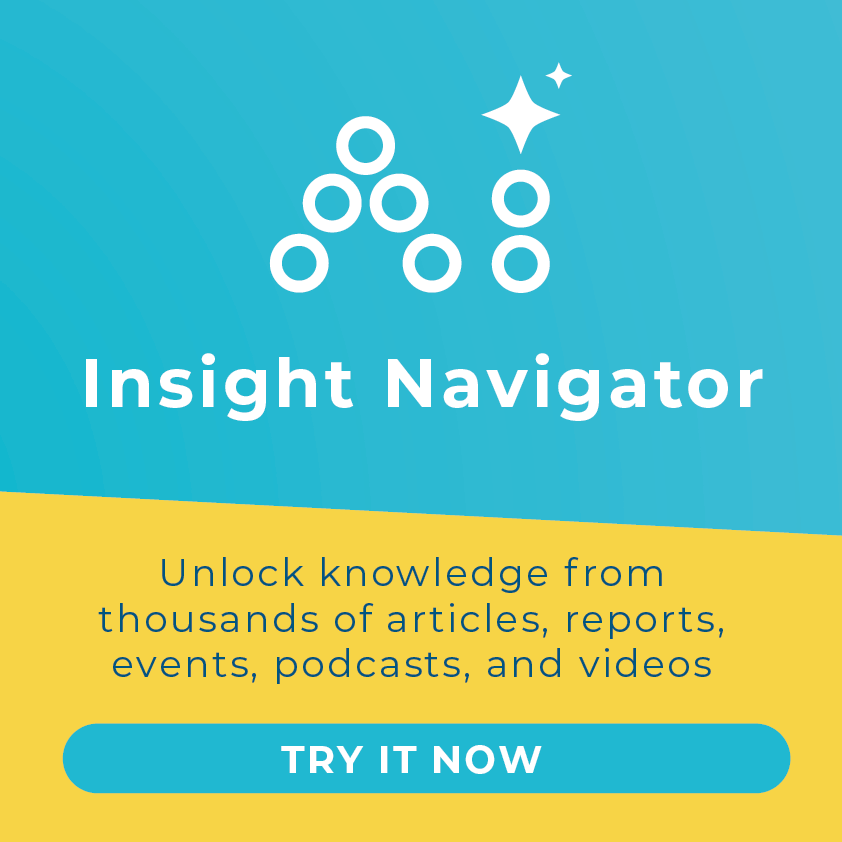In certain circles, it is taken virtually as given these days that business culture and practices will need to change to achieve gender equality and empower women.
Companies have become more open in acknowledging that unconscious bias and other, structural factors make it harder for women to succeed, and at the same time, they are recognizing the power they have to effect change – in their workplaces and in their broader spheres of influence. For example, last year, Unilever announced a commitment to “unstereotype” its advertising – helping to tackle adverse norms and promote positive role models, one of the seven key drivers of women’s economic empowerment identified by the UN Secretary-General’s High-Level Panel (HLP).
A number of companies have been exploring ways of using their value chains to empower women and girls. For example:
- The Coca-Cola Company’s 5by20 initiative has provided business skills training, access to financial services and/or assets to 1.7 million women entrepreneurs across the company’s global value chain – the majority of them retailers.
- Diageo’s Plan W, which has empowered nearly 350,000 women to date, includes a focus on skills training to improve women’s job prospects in the hospitality industry – an important market for the company.
- Mars considers economically and socially empowering women part of its strategy to secure a sustainable cocoa supply chain, and provides access to training, inputs, and credit as well as support for women’s participation in community decision-making bodies.
- Walmart surpassed its goal to spend $20 billion with women-owned enterprises in the U.S., reaching $21.2 billion by 2016, and made significant progress toward its goal of doubling spend with women-owned enterprises internationally.
Empowering women through corporate value chains isn’t easy, for many reasons. The level of effort required to bring women-owned enterprises – which tend to be smaller – up to the level of scale it makes sense for a large company to transact with. The complexity of reaching women-owned enterprises further up and down the value chain where the company has limited visibility or contact. Social and cultural norms that prevent women from starting businesses in the first place. The challenge of designing and executing programs that work in unique local contexts. The reality that different business units in different parts of the world will have different priorities and resources at their disposal.
Another reason is a lack of data. How many women-owned enterprises are companies already doing business with, where, and in what capacities? What obstacles do they face? How do they respond to different interventions? And, perhaps most importantly, what is the business case for investing in them?
A UK Department for International Development survey conducted by Business Fights Poverty as an input to the HLP last year found that very few companies track gender data in their value chains. Only 29 of 240 respondents reported knowing how many enterprises in their supply chain are women-owned, 22 how many women their suppliers employ, and only 13 the number of their suppliers with gender awareness or equality policies.
As Unilever put it in a recent report, “This matters because company policies and investment decisions are being made without insights into where inequality and disempowerment are holding women back from realising their aspirations and making full contributions to the business and to wider society.” Without data, it is hard to set goals. It is hard to conduct the “market research” required to move past broad generalizations about what women need and be able to design effective programs. And it is hard to prove that investing in women makes a meaningful difference to any of the metrics companies might have in mind – whether market share, product and service quality, access to product innovations, cost savings, insight on target markets, or corporate reputation and relationships.
Gathering data on women in corporate value chains is time-consuming and costly. This can be particularly true in international markets where certifying bodies are new or not yet established and women-owned enterprises are difficult to identify. To identify the number of women-owned enterprises in such markets, Walmart hired a third-party consultant to reach out to thousands of suppliers and asked them to respond if they met the criteria. If they did, the consultant would call and conduct an interview to validate the designation. In some countries, Walmart buyers helped to target the effort by identifying suppliers they thought might be women-owned.
The idea of gathering data becomes even more daunting when one considers looking further up and down the value chain, for example to farmers or retailers in the traditional trade. The latter can easily number in the hundreds of thousands in a single country, large percentages of them women.
Companies are starting to ask about new solutions. For example:
- Using a new generation of mobile data collection and analysis companies, such as Ulula, Arthify, and Echo Mobile. Development organizations, social enterprises, microfinance institutions, and companies ranging from agricultural input providers to banks have begun using these tools to engage large numbers of people, obtain feedback, and develop market insight. These tools might be useful in places where there are large numbers of small enterprises associated with corporate value chains.
- Pooling data with other companies, as is already being done in the cocoa sector. The Cocoa Action Initiative, hosted by the World Cocoa Foundation, brings nine major chocolate companies together to share information and align strategies and programs for maximum scale and impact. However, cocoa production is highly concentrated geographically, and with cocoa supplies in jeopardy, the business case for concerted effort across the industry is stark. There may not be a comparable “burning platform” where women’s empowerment is concerned.
What approaches has your organization used to collect data on women or other target groups along corporate value chains, and what ideas do you have?










